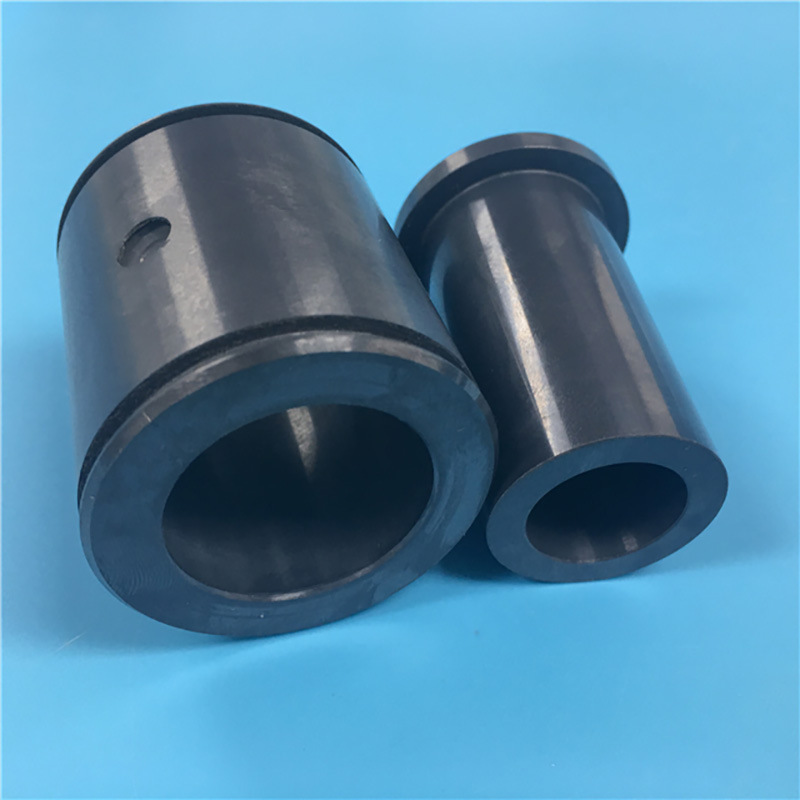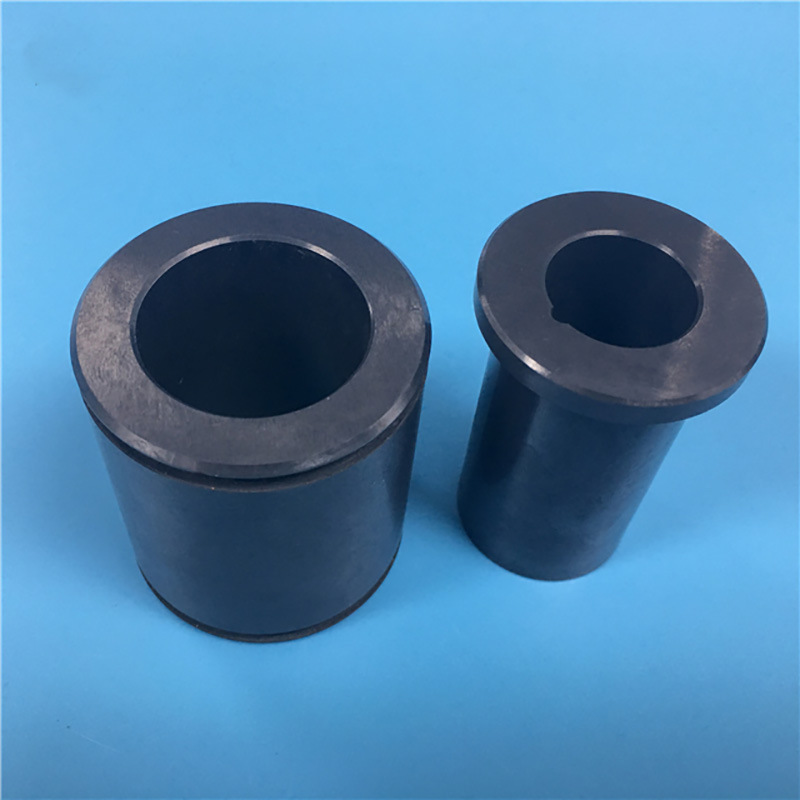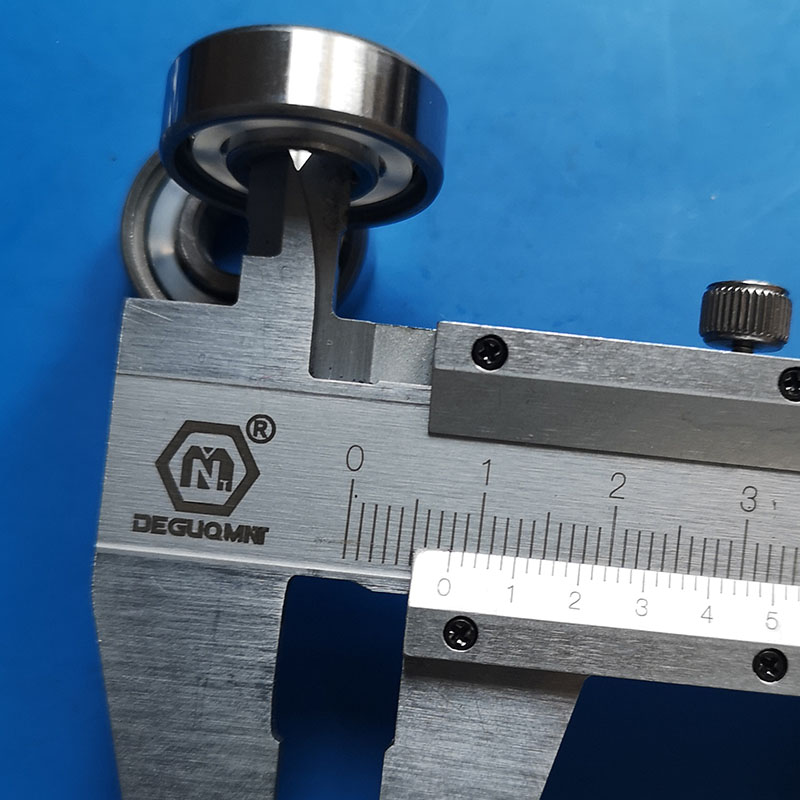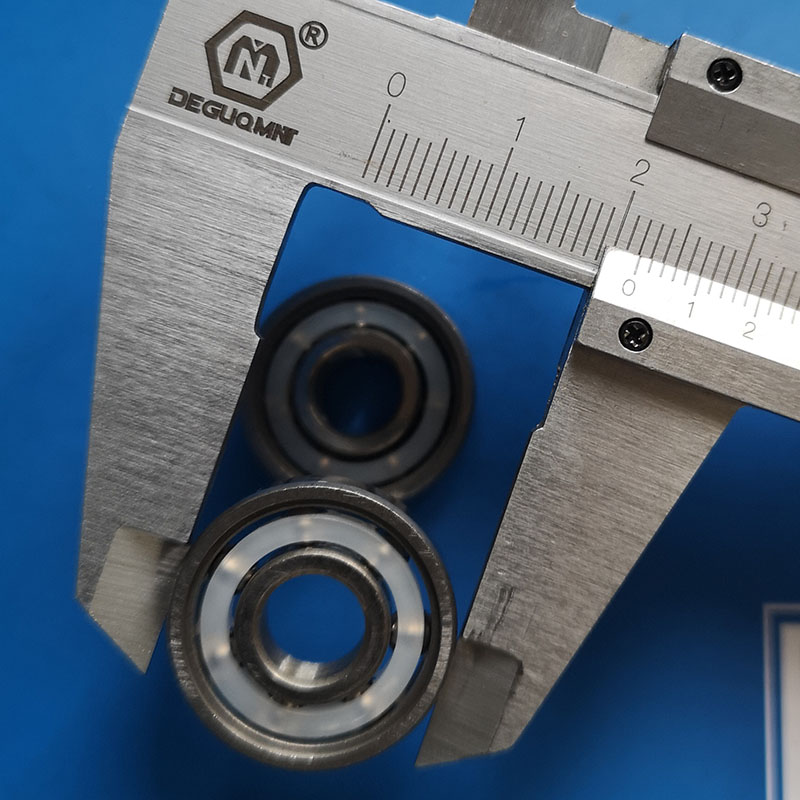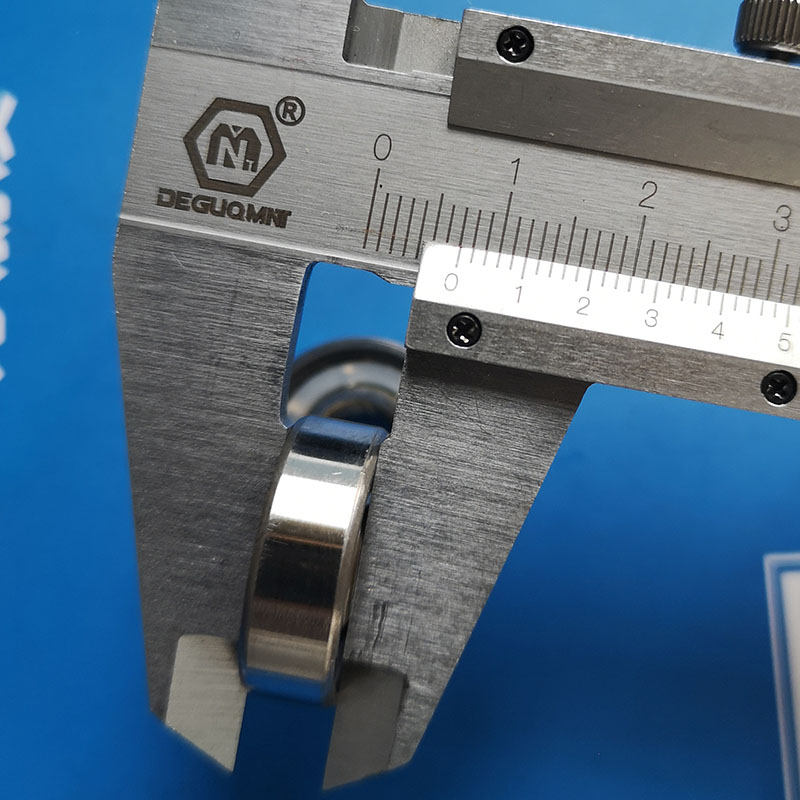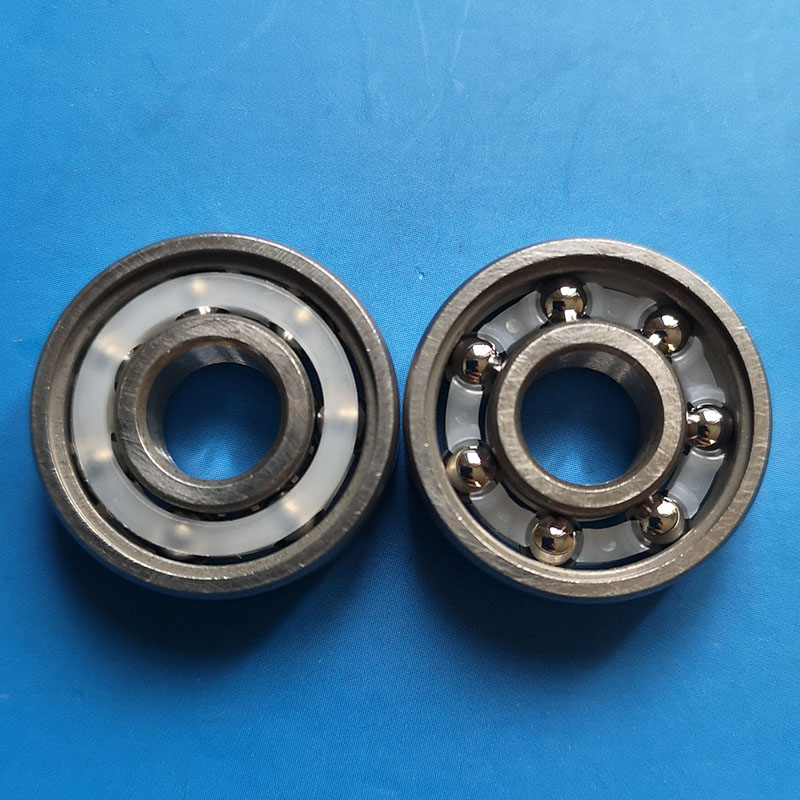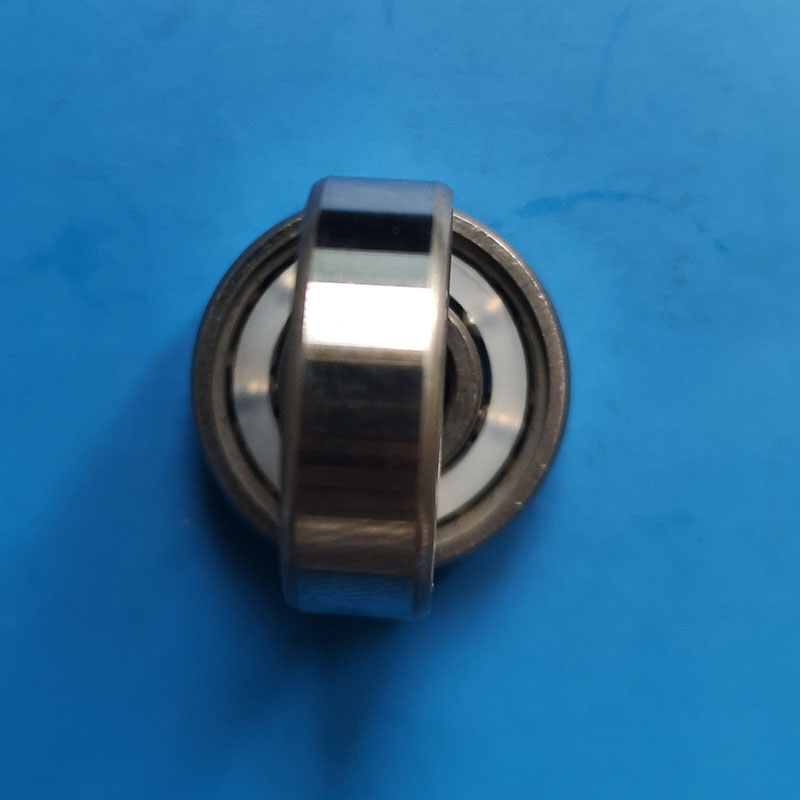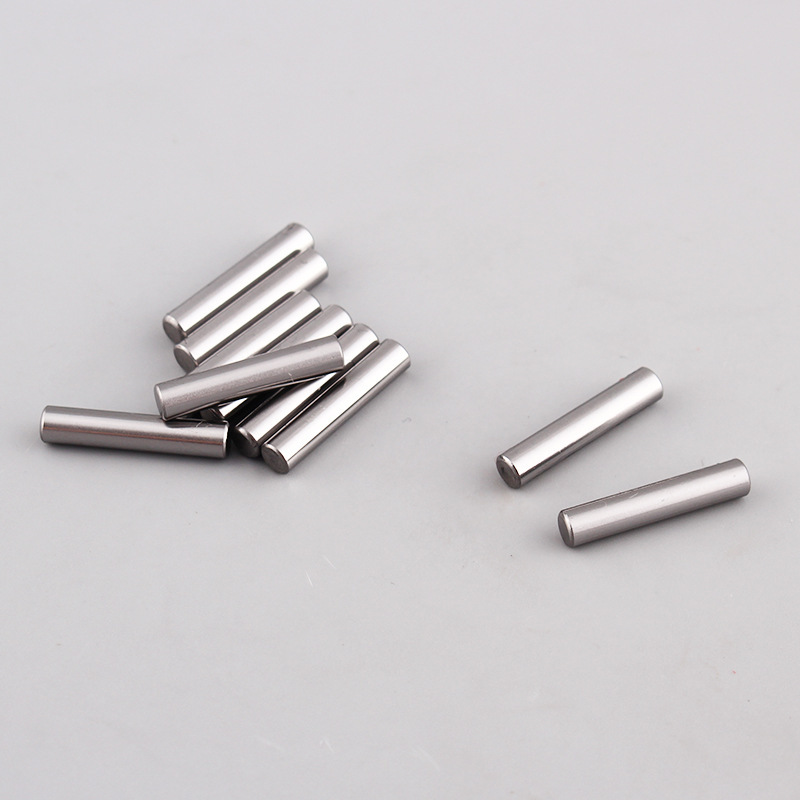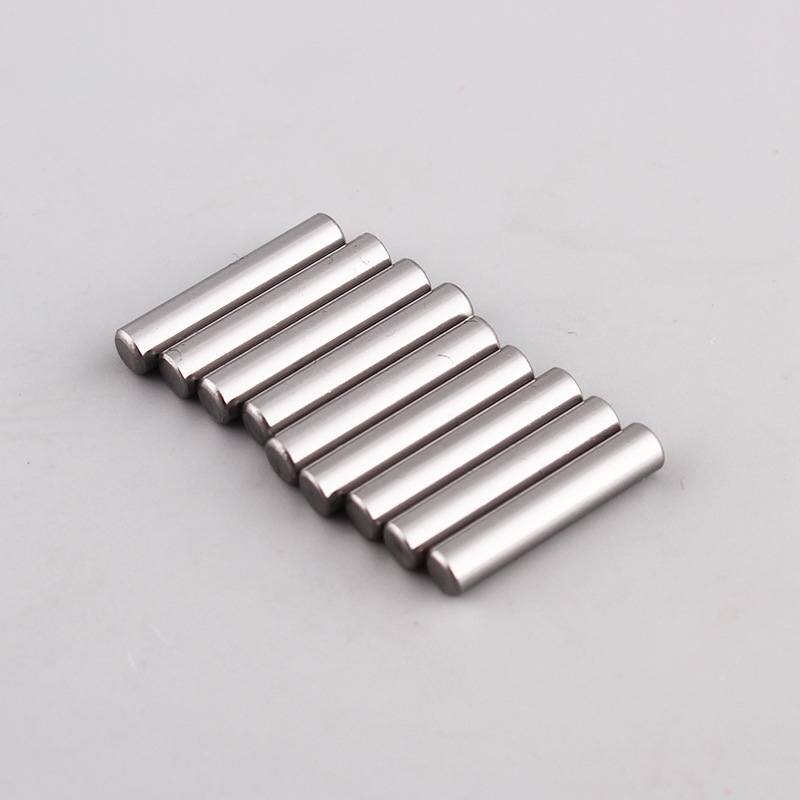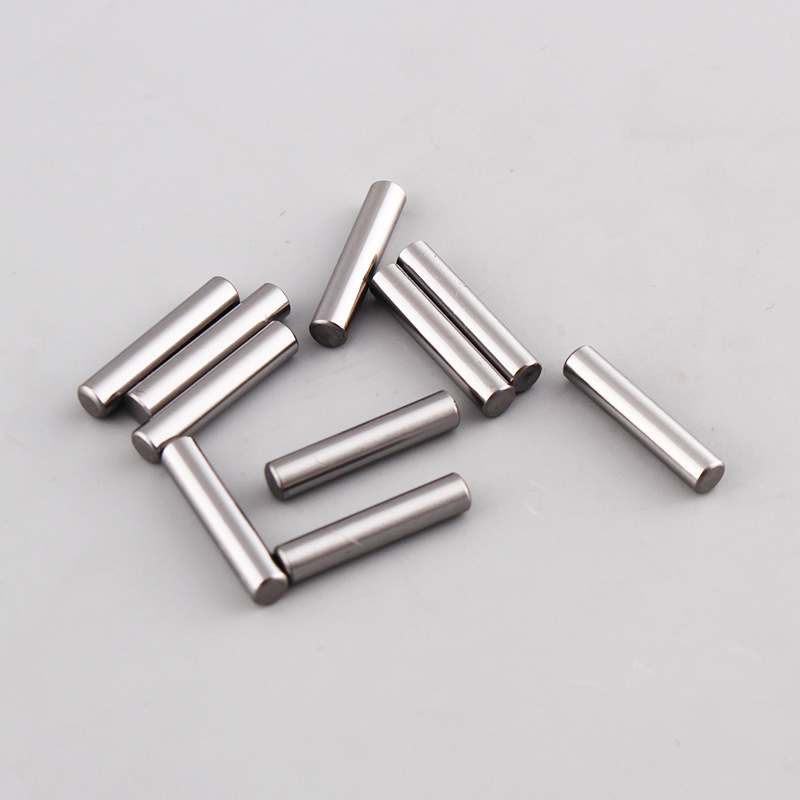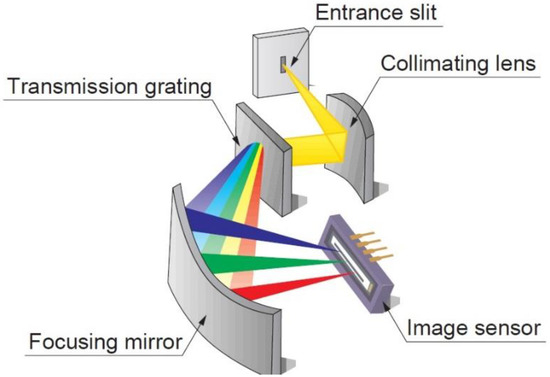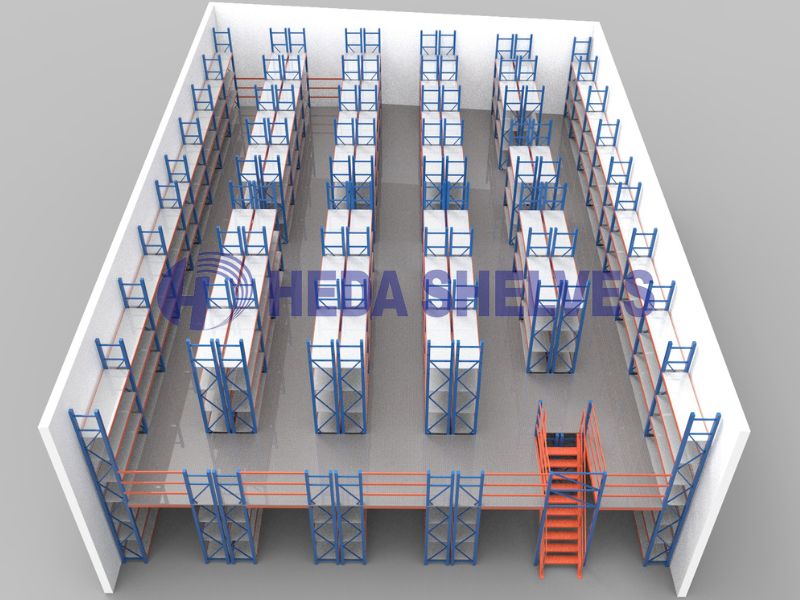A toilet sealing ring, also known as a toilet tank to bowl gasket or tank-to-bowl seal, is a round gasket installed between the bottom of the toilet cistern and the ceramic toilet bowl. Note: This gasket is only used in two-piece toilets, where the tank and bowl are separate units.These gaskets are usually made from rubber, foam, or high-flexibility silicone, offering excellent sealing and cushioning properties. Its primary function is to form a waterproof barrier between the tank and the bowl, preventing leaks onto the bathroom floor when the toilet is flushed.
Three Key Functions of the Sealing Ring
1. Prevent Water Leakage
The sealing ring fits around the outlet of the flush valve and tightly seals the connection between the toilet tank and the bowl. It effectively prevents water from leaking through the gaps during flushing, keeping the bathroom floor dry and clean.
2. Cushion and Stabilize the Connection
The ring also serves as a cushion between the ceramic tank and bowl, reducing impact and stress. It helps prevent micro-cracks or damage that may occur during installation or use, and keeps the tank stable over time.
3. Improve Installation Fit
In reality, the tank and bowl may not always align perfectly due to surface irregularities or size tolerances. The sealing ring helps fill these gaps and ensures a tighter, more stable fit, reducing the chances of wobbling or leaks.
Common Problems When the Seal Ring Ages
Over time, the sealing ring may deteriorate due to constant exposure to water, pressure, and temperature changes. Common signs of a worn-out ring include:
1.Water leaking from the base when flushing
2.Persistent dampness or odor near the toilet
3.Tank wobbling or feeling unstable
If you notice any of these issues, it’s likely time to replace the gasket.
How to Replace a Toilet Tank Seal Ring
Here’s a step-by-step guide to replacing the sealing ring:
1. Turn off the water supply and flush the toilet to empty the tank;
2. Remove the tank bolts (usually located underneath the tank) using a wrench;
3. Carefully separate the tank from the bowl;
4. Remove the old gasket and clean any debris or residue from the tank outlet and bowl inlet;
5. Install the new sealing ring, align it properly, and reattach the tank;
6. Tighten the bolts, turn the water supply back on, and flush to test for leaks.
While this process is straightforward, we recommend choosing a high-quality, well-fitted toilet tank gasket to ensure leak-free performance and long-term durability.
Conclusion
Although small and hidden, the sealing ring between the toilet tank and bowl plays a vital role in preventing leaks, stabilizing the tank, and maintaining hygiene. If neglected, an aged or damaged gasket can lead to water waste, weak flushing, foul smells, and even bacterial growth.For best performance, we recommend replacing the toilet seal ring every 2–3 years as part of regular maintenance.
